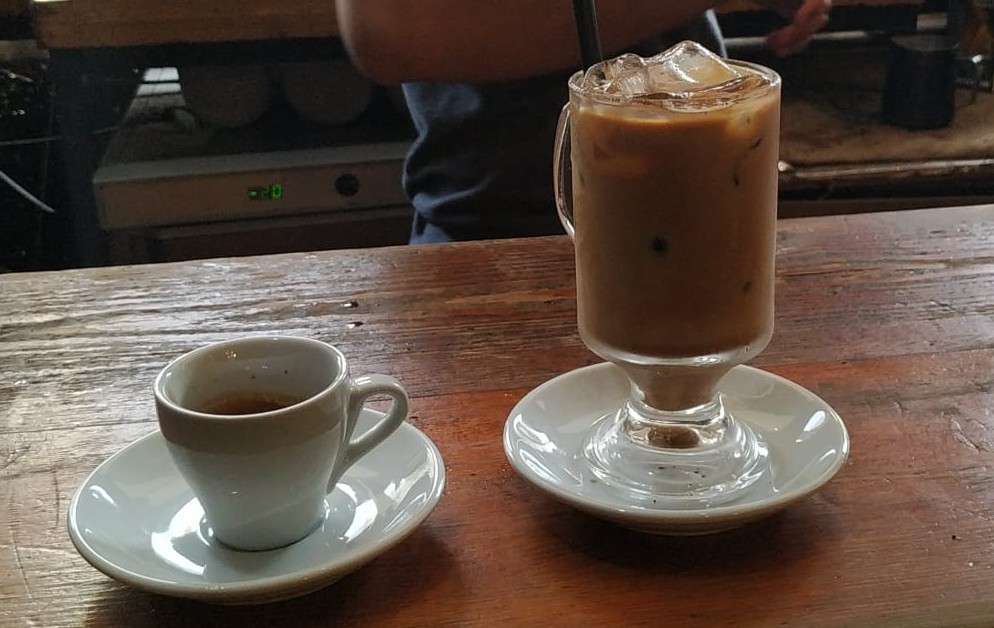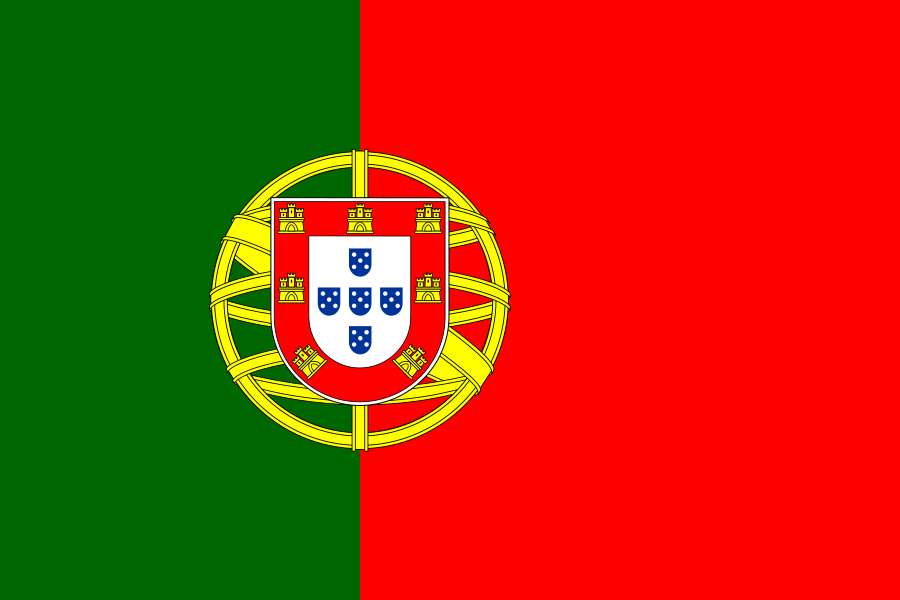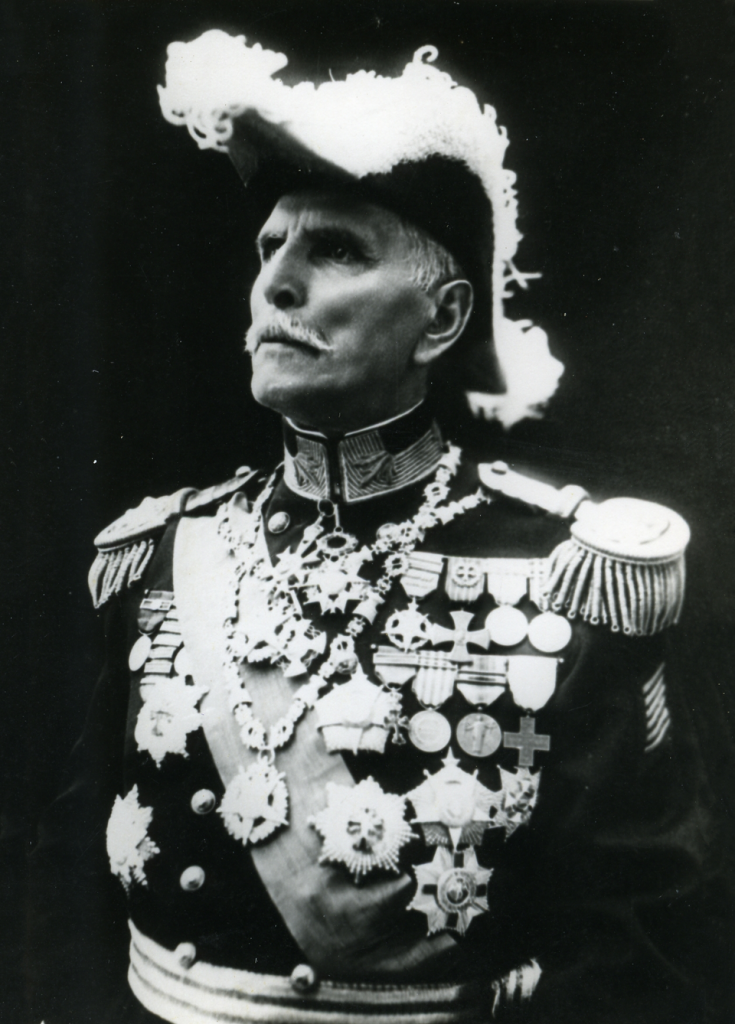Portuguese coffee occupies a central place in daily life, and the diversity of names and preparation methods reflects the country’s cultural and regional richness. Simply asking for um café (or um cafezinho using the affectionate diminutive zinho) generally means a short espresso: a small cup of about 30 ml. This is the starting point for a variety of styles and names that change depending on taste, occasion, or region.
In Lisbon, espresso is known as Bica, a term believed to originate from the expression Beba Isto Com Açucar (Drink This With Sugar) or from the idea of quickly sipping the drink, since the meaning of the work ‘bico’ is spout. In Porto, it is called Cimbalino, a name derived from the Italian brand La Cimbali coffee machines, which were very popular between the 1950s and 1970s.
From the classic espresso, variations emerge that reflect the creativity and tradition of coffee consumption. Abatanado, a coffee diluted with more water and served in a larger cup, much like an Americano. The Pingado or Pingo (like the Italian Macchiato) is an espresso with just a drop of milk added. The Garoto (or Cortado, in Spain) combines coffee and milk in similar proportions in a small cup, resulting in a drink halfway between espresso and Café com Leite (like the French Café au Lait). This last one, also often called Galão, when served in a tall glass with more milk than coffee, is the classic breakfast choice is the most like the Italian Latte.
There are also other options such as the Carioca, made with the second extraction of the espresso grounds, weaker and smoother (you could call it a very light Lungo), the Café Duplo (like the Italian Doppio), which consists of two shots of espresso served in a single cup, and the refreshing Mazagran (of Algerian origin), a cold coffee drink with ice, sometimes sweetened or even accompanied by lemon, ideal for hot summer days.



